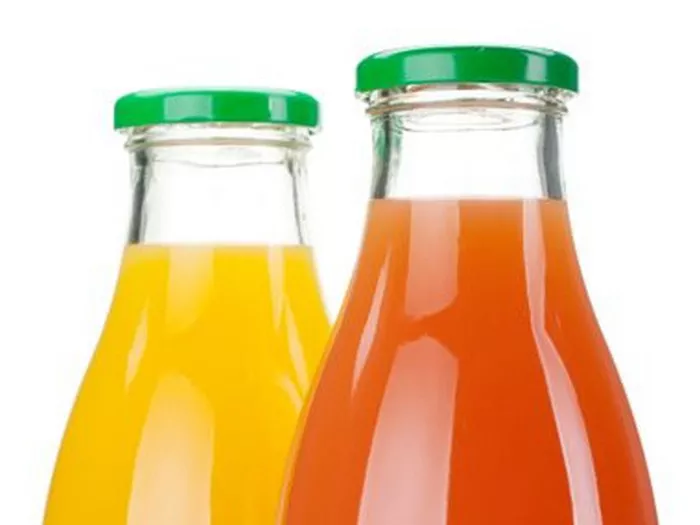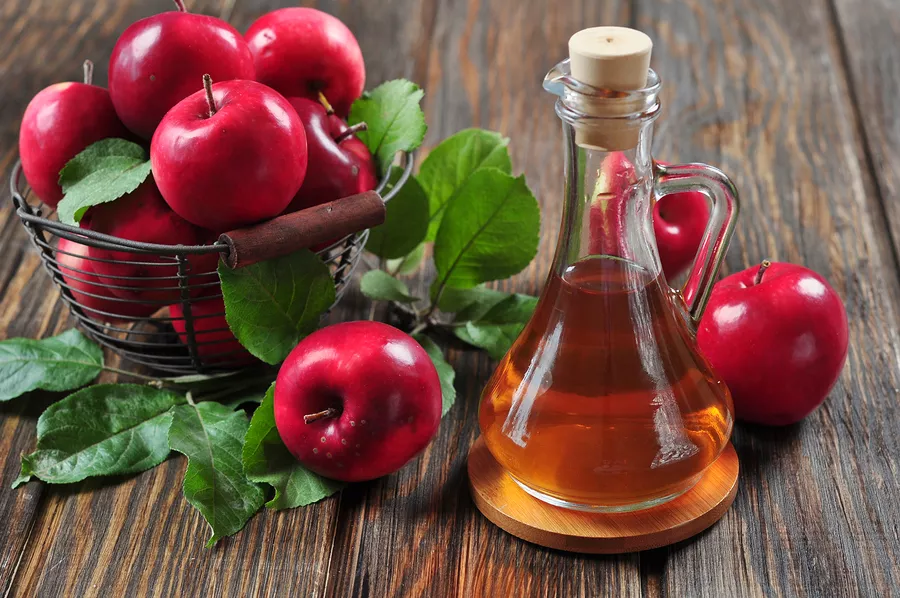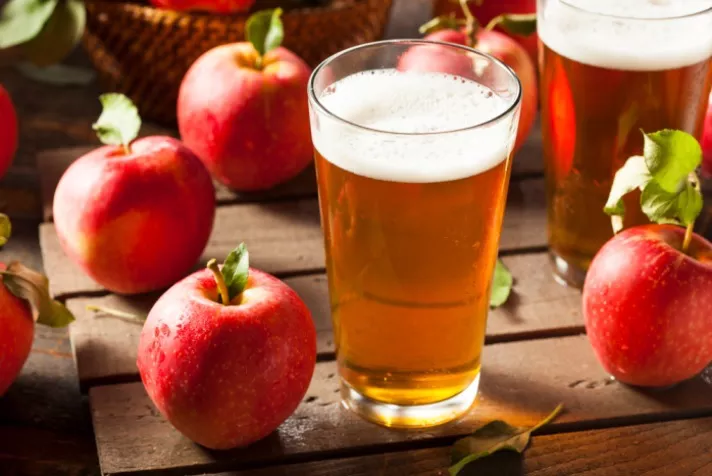Apple cider has long been cherished for its crisp, refreshing taste and its association with autumnal festivities. However, within the realm of apple cider lies a distinction that often goes unnoticed: the differentiation between still and sparkling varieties. While sparkling apple cider has gained popularity in recent years, there remains confusion regarding its prevalence and the characteristics that define it. In this article, we delve into the nuanced world of apple cider to determine whether all apple cider is sparkling, shedding light on its diverse manifestations and the factors driving consumer preferences.
Understanding Apple Cider
Before delving into the question of whether all apple cider is sparkling, it’s essential to grasp the fundamentals of this beloved beverage. Apple cider is a non-alcoholic drink made from pressed apples, often associated with the fall season and enjoyed chilled or heated with spices. Traditionally, apple cider is known for its still, or non-carbonated, nature, offering a smooth and uncarbonated drinking experience.
However, the cider landscape has evolved in recent years, witnessing the rise of sparkling apple cider as a popular alternative. Sparkling apple cider undergoes a secondary fermentation process, resulting in the production of carbon dioxide and the characteristic effervescence that distinguishes it from its still counterpart.
Distinguishing Still vs. Sparkling Apple Cider
At the heart of the debate lies the distinction between still and sparkling apple cider. Still apple cider, as the name suggests, lacks carbonation, offering a straightforward, uncarbonated drinking experience. It retains the natural flavors of the apples, allowing consumers to savor the full depth of the fruit’s profile without any added effervescence.
On the other hand, sparkling apple cider undergoes a secondary fermentation process that introduces carbonation, lending it a bubbly and fizzy texture. This effervescence adds a dynamic element to the drinking experience, imparting a lightness and freshness that appeals to many consumers, particularly those seeking a more lively beverage option.
The prevalence of still versus sparkling apple cider varies depending on factors such as regional preferences, production methods, and consumer demand. In regions where traditional cider-making techniques are prevalent, still cider may dominate the market, emphasizing authenticity and heritage. Conversely, in markets where innovation and diversity are prized, sparkling cider may enjoy greater popularity, offering consumers a contemporary twist on a classic beverage.
Factors Influencing Consumer Preferences
Several factors contribute to consumers’ preferences when it comes to choosing between still and sparkling apple cider. Taste preferences play a significant role, with some consumers gravitating towards the crispness and effervescence of sparkling cider, while others prefer the smooth, uncarbonated taste of still cider.
Perceptions of freshness and quality also influence consumer choices, with sparkling cider often associated with a sense of vibrancy and vitality. The visual appeal of sparkling cider, with its lively bubbles dancing in the glass, can evoke feelings of celebration and indulgence, further enhancing its appeal to certain demographics.
Moreover, the context in which apple cider is consumed can impact preferences for still or sparkling varieties. For instance, sparkling cider may be favored for festive occasions, where its effervescence adds to the sense of merriment and conviviality. In contrast, still cider may be preferred for more relaxed settings, where its smooth, uncarbonated nature encourages leisurely enjoyment.
Market Trends and Innovation
The apple cider market has experienced significant growth in recent years, driven by factors such as increasing consumer demand for natural and artisanal beverages, as well as the popularity of craft cideries and cider festivals. This growth has spurred innovation within the industry, leading to the development of a wide range of cider varieties to cater to diverse tastes and preferences.
Within this landscape, sparkling apple cider has emerged as a particularly dynamic segment, capturing the attention of consumers seeking novel and refreshing beverage options. Cider makers have responded to this demand by experimenting with different apple varieties, fermentation techniques, and flavor profiles to create sparkling ciders that stand out in a crowded market.
Furthermore, the popularity of sparkling cider has been buoyed by its versatility as a mixer in cocktails and mocktails, providing bartenders and home enthusiasts with a versatile ingredient to craft innovative and flavorful drinks. From sparkling cider mimosas to cider spritzers, the possibilities for creative concoctions are endless, driving interest and demand for this effervescent beverage.
Navigating the Diversity of Apple Cider
In light of the myriad options available, navigating the diverse landscape of apple cider can be a daunting task for consumers. Whether choosing between still and sparkling varieties or exploring the myriad flavor profiles and production methods on offer, understanding the nuances of cider production and consumption is essential for making informed choices.
For those seeking a traditional, unadulterated cider experience, still cider may hold the most appeal, offering a pure expression of apple flavor with no added carbonation. Conversely, those drawn to innovation and experimentation may find sparkling cider to be a compelling option, with its effervescence and dynamic flavor profiles pushing the boundaries of what cider can be.
Ultimately, the question of whether all apple cider is sparkling is one that defies a definitive answer. While sparkling cider has undoubtedly carved out a significant presence in the market, still cider remains a beloved and cherished tradition for many. By embracing the diversity of apple cider and exploring its myriad manifestations, consumers can embark on a flavorful journey that celebrates the rich heritage and boundless potential of this timeless beverage.


























